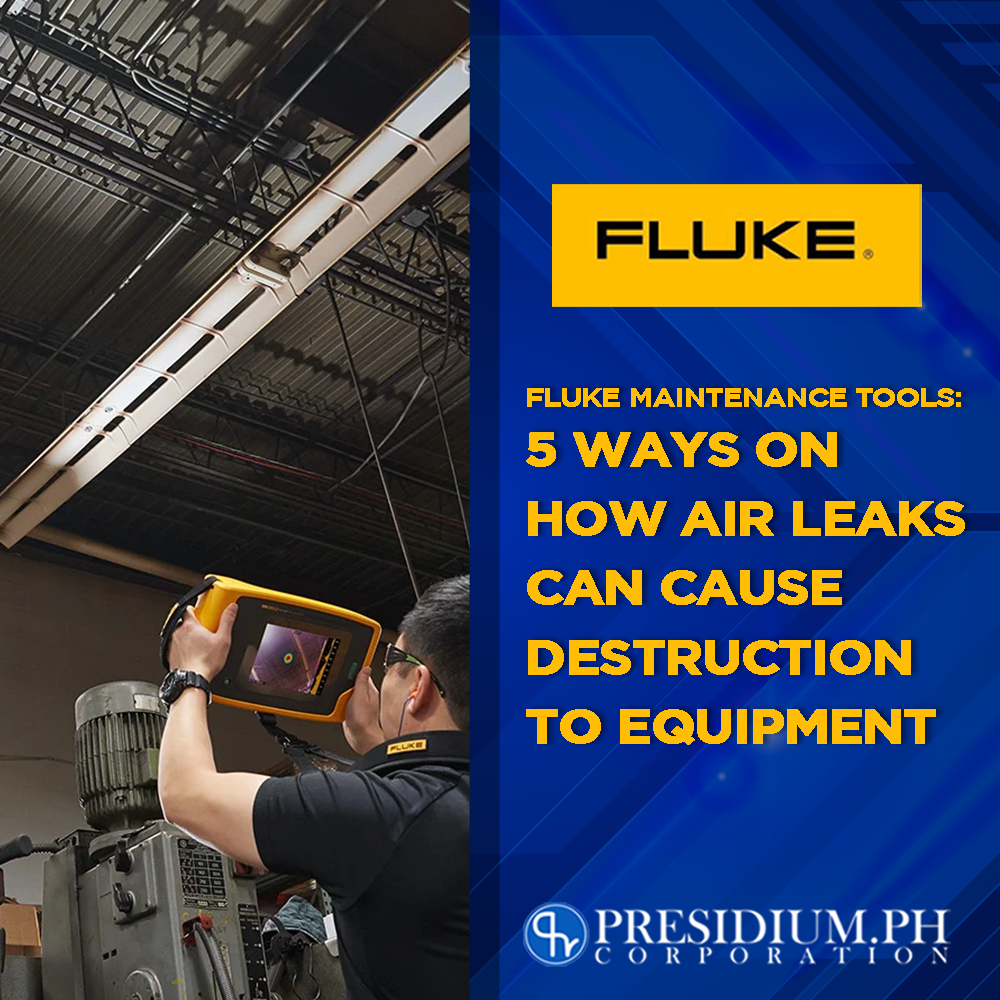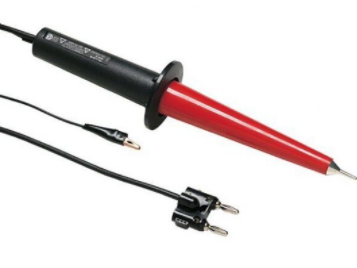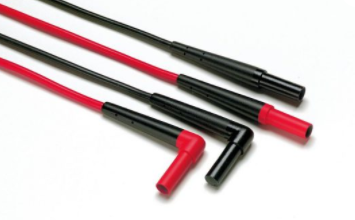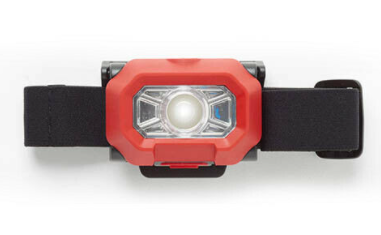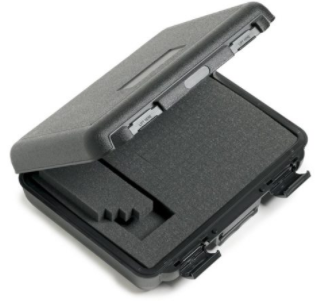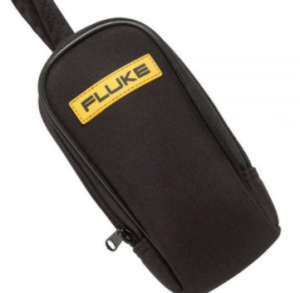Fluke Insulated Hand Tools: The Difference Between Regular Hand Tools and Insulated Hand Tools
One of the things that partner up well with cutting-edge Fluke devices is their Fluke Insulated Hand Tools. These are tools that should always be present in a maintenance professional’s belt. Fluke devices are tagged as one of the best in the market, for being effective, reliable, and with their iconic ruggedness. However, it wouldn’t hurt to have hand tools that can boost any professional’s performance.
Ultimately, Fluke devices give a quality performance in detecting faults. However, after issues with machines are detected, it is now the maintenance men at work who now hold the spotlight. When actual wire adjustments or issues with screws take place, this is where hand tools or insulated hand tools come in.
What are hand tools?
Once it is manually operated by hand that does not include any electricity, it is automatically considered as a hand tool. Every craftsman or a person who is fond of DIY projects should not be a stranger to these kinds of tools.
Basic hand tools used in construction or maintenance:
- A set of pliers – Mostly used for maintenance purposes. These tools usually come as a set. Pliers are good for twisting wires, cutting wires, or gripping circular objects steadily.
- Hammers – One of the popular tools in construction projects, they are usually used to hammer nails in place. They are used in projects such as assembling furniture, framing, shaping metals, and so on.
- A set of screwdrivers – Similar with hammers, screwdrivers also put in screws. However, they don’t put it the same way a hammer does. Instead, they will put it in a turning moting to secure the screw.
- Wrench – Can also come as a set. Wrenches are good for gripping, fastening, turning, tightening and loosening things like pipes, pipe fittings, nuts and bolts.
- Saws – Preferrably made to cut out wood, metal, or stone because of its chisled edges.
These are usually the most basic hand tools that you would find in any handyman’s toolbox. Better yet, it is also the tools that we keep in storage in our homes in such cases when there’s a maintenance emergency.
There are two types of tools, a hand tool, and a power tool.
You must be wondering what’s the difference between them. It’s actually pretty simple. While hand tools rely on men to make them function, power tools come to life with the use of electricity. Power tools are considered to be the most advanced tools in the industry since they feature multiple functions in one tool. Moreover, they also save time and can produce outstanding results in return. Nevertheless, some professionals still opt to use trusty hand tools to get the job done.
Examples of power tools:
- Power saws
- Chainsaws
- Power sanders
- Power drills
- Air compressor
Regular hand tools Vs. insulated hand tools.
We’ll get straight to the point. Yes, using insulated hand tools is much better than plain hand tools. But keep in mind that it will still depend on the hand tool’s usage and the project itself. In light of the usage of maintenance professionals, however, it will be beneficial for them to make use of insulated hand tools rather than plain ones. This is not because of the latest technology, but it’s actually for safety purposes.
Moreover, it is critical for a person working with electricity to know the difference between both since protecting yourself from possible hazardous voltages should be your number one priority. Genuine protection from electric shock goes beyond rubber slippers and personal protective equipment. So, if you have tools to help you be safe, better take advantage of them than be sorry.
In contrast, if you are not a maintenance professional and are only working on DIY projects that do not include encounters with live high voltage wires, a regular hand tool can already do the project justice.
Additionally, regular hand tools have nylon or plastic handles which cannot protect you from electric shocks if ever you encounter cutting live wires. On the other hand, Fluke Insulated Hand Tools are equipped to protect the man on the job if ever he encounters cutting live high voltage wires since it has electrical isolation on the handles.
Fluke insulated tools that should be in every maintenance man’s belt:
- Diagonal cutter
- Screwdriver kit
- Pump pliers
- Long nose plier
- Combination pliers
- Philip screwdriver (IPHS1 and IPHS2)
The importance and safety of using Fluke Insulated Hand Tools
It is undeniable that there are certain features that insulated hand tools have that regular one does not. And if you’re working in an environment where you are exposed to electricity on a daily basis, safety must be your number one priority. When dealing or working with live wires and high voltage electricity, your tools or devices will be your first line of defense.
Ultimately, the use of high-end devices should capture faults and issues in advance. Meanwhile, hand tools serve as the first contact with the troubled machine when it comes to troubleshooting. This is why when you ask every maintenance, HVAC, and utility professional, they would prefer to use insulated hand tools while performing their tasks.
Notable safety measures of Fluke Insulated Hand Tools:
- Have confidence in troubleshooting high voltage equipment without worrying about shocks.
- Will reduce the possibility of arc faults caused by short circuits.
- Can block potential hazardous voltages.
- These tools underwent stringent testing to make sure tools are equipped to withstand hard use, extreme temperatures, and even live flame.
- Designed to lessen strain and adapt to your hand.
- Features a slim build that lets you easily access jammed junction boxes and panels.
The iconic Fluke reputation will truly exceed expectations. So, get yours now from a trusted distributor:





